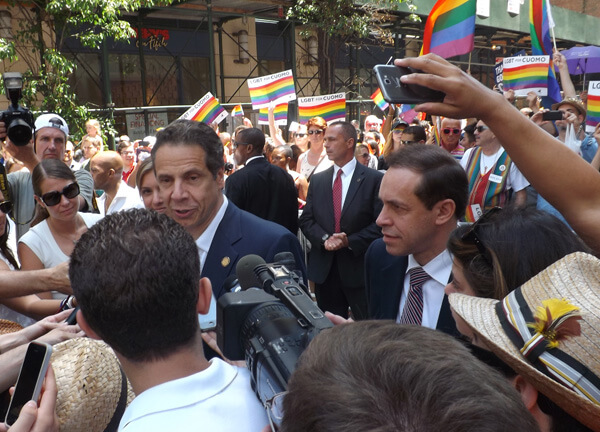Following up on a new provision established in January, the Biden administration has issued guidance directing health insurance companies to provide PrEP coverage at no extra cost, meaning people would not have to pay co-pays or contribute toward their deductibles.
The Departments of Labor, Treasury, and Health and Human Services jointly unveiled an announcement pointing to the Affordable Care Act’s requirement that preventative services recommended by the United States Preventative Services Task Force (USPSTF) be covered without cost-sharing. In 2019, the task force labeled PrEP with an “A” rating, meaning PrEP would then qualify as a preventative service covered under the Affordable Care Act.
Notably, insurers will be required to cover office visits in addition to the lab work and medication itself. This could ease the burden on those who may have been deterred from PrEP due to the costs associated with maintaining appointments and lab work.
Insurers will have 60 days to get in compliance with the new guidance, though certain states have already maintained such policies. In New York, for example, Governor Andrew Cuomo issued a similar regulation requiring insurers to cover PrEP and HIV screenings without cost-sharing.
The HIV+Hepatitis Policy Institute, which claimed to have found certain health insurance plans failing to cover necessary HIV prevention services, welcomed the latest news from the administration.
“We are pleased that the federal government has issued this long-awaited guidance to insurers that will reduce barriers to PrEP and help prevent further HIV infections while advancing efforts to end HIV in the United States,” Carl Schmid, the executive director of the HIV+Hepatitis Policy Institute, said in a written statement. “It seems that insurers responded to our earlier analysis. However, now we must ensure all are fully complying with their legal requirements, including those spelled out in the new guidance, and federal and state regulators enforce them.”
The PrEP4All coalition, which works to boost access to PrEP, praised the move but cautioned that “many of those most vulnerable to HIV don’t have insurance and still face huge costs when trying to get PrEP.”
“We’re facing a crisis among people who are often poor and uninsured who have decreasing options to get PrEP care covered,” PrEP4All’s Kenyon Farrow said in a Twitter post. “The Federal government must find ways for people who are uninsured, particularly in non-Medicaid Expansion states, to access PrEP services. If we’re serious about ending the HIV epidemic, we have to ensure equal access to PrEP in all communities, and not only for the insured.”
A CDC report unveiled earlier this year noted that between 2015 and 2019, an eight percent drop in HIV infections nationwide was driven in part by increased access to PrEP. However, the same report cited the barriers facing people of color when it comes to PrEP. Sixty-three percent of white people eligible for PrEP were prescribed it in 2019 compared to just eight percent of Black people and 14 percent of Latinx people.
While PrEP has long been viewed as a daily HIV prevention pill, New York City health officials rolled out guidance in 2019 stating that men who have sex with men (other demographics were not included) can take a “PrEP on Demand” approach by taking pills around the time when they are planning to have sex.
To sign up for the Gay City News email newsletter, visit gaycitynews.com/newsletter.


































